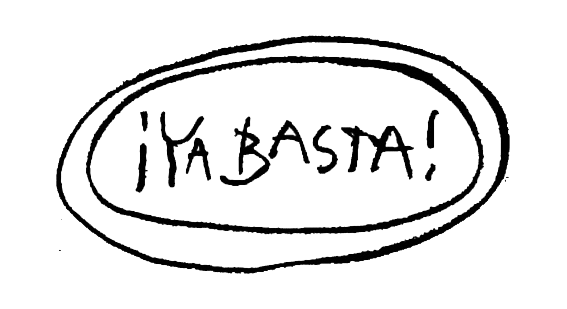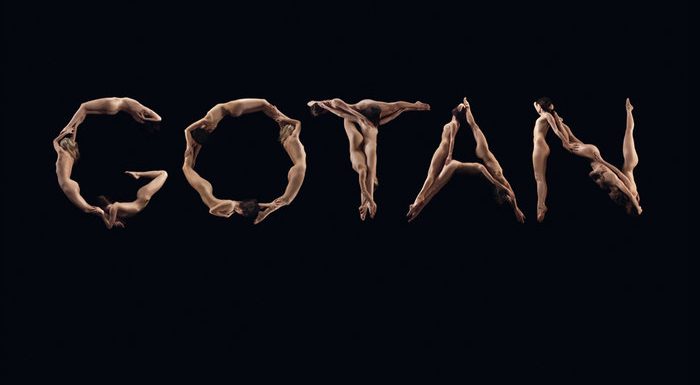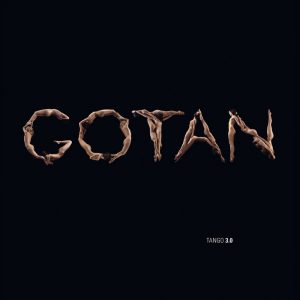review by Christian Larrède – Copyright 2019 Music Story
Eleven songs to return to full light: after having excited the international scene with a first album – La Revancha del Tango, in 2001 – then left its fans on their hunger with their second production (a Lunático revolving in 2006 around the work of Carlos Gardel, at the risk of getting lost in it), the Argentinian-Franco-Swiss project, therefore, returns to the front, the languor of tango, and electro iridescent, pegged to the soul.
This album, mixing the archetype of Argentine music, desire and death as a gallant company under the name Eros and Thanatos, with other Latin American rhythms (in particular, originating in Cuba), even some accents of Jamaican ska, will not suit the purists, in its irreverence to dogmas. Everyone else will be able to taste this violently erotic music, which works – and it is quite natural – on the basis of a Spanish inn. On the musical soil instilled by the keyboards and the bass of the French Philippe Cohen Solal, the tortured machines of Christoph H. Müller, and the guitar of Eduardo Makaroff, come alternately to add the voice – dark and undulating like the sidewalks of Buenos-Aires – by the writer Julio Cortázar, and the song by Cristina Vilallonga (who can easily be considered as a classmate of the trio, as at ease in re-reading the heritage as in the original compositions).
Endorsing the organized proverb that the crazier you are, the more good music you make, Gotan Project also invited Nini Flores and his omniscient bandoneon, the violin of the Danish Line Kruse (a time escaped from his own quintet), and, delicious surprise, the carnal organ of the King of New Orleans, Dr. John in person. And “La Gloria”, jolts of a syncopated tango in malignant restraint, is also illuminated by the voice of sports commentator and icon of the country, Victor Hugo Morales (up to the emblematic Gooooool!). All these little people are working to generate an atmosphere where the joy of playing together is constantly imbued with a sweet melancholy, and this nostalgia for happy days, which we know is definitely gone. From “Tango Square” to “Érase Una Vez” (Once upon a time), the astonishing marriage of ancestral and modernity, and the equally surprising encounter between the Portuguese saudade, and the blues of the Mississippi.
Tango 3.0, beyond the modernist impulses, offers a soft languor in the coming spring, and an intact fascination for this murderous music….
-
 Gotan Project – Tango 3.0 (VINYL)25,00 € Including VAT
Gotan Project – Tango 3.0 (VINYL)25,00 € Including VAT



Comments are closed, but trackbacks and pingbacks are open.